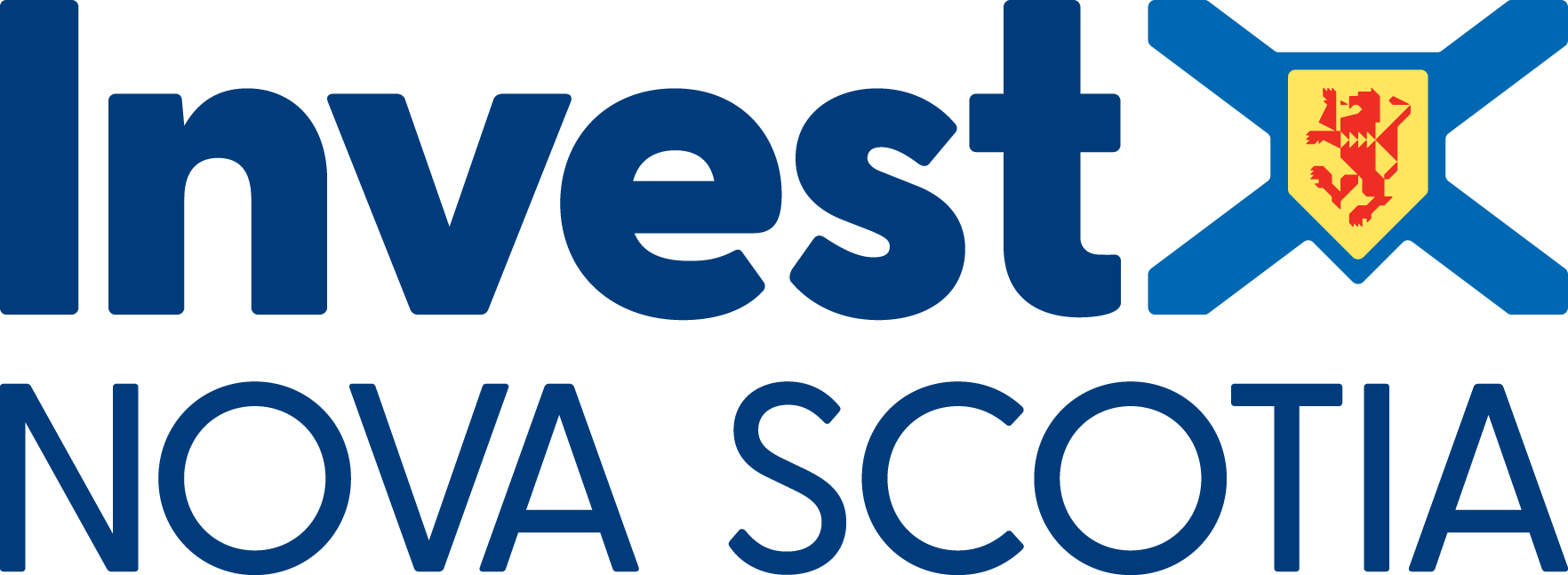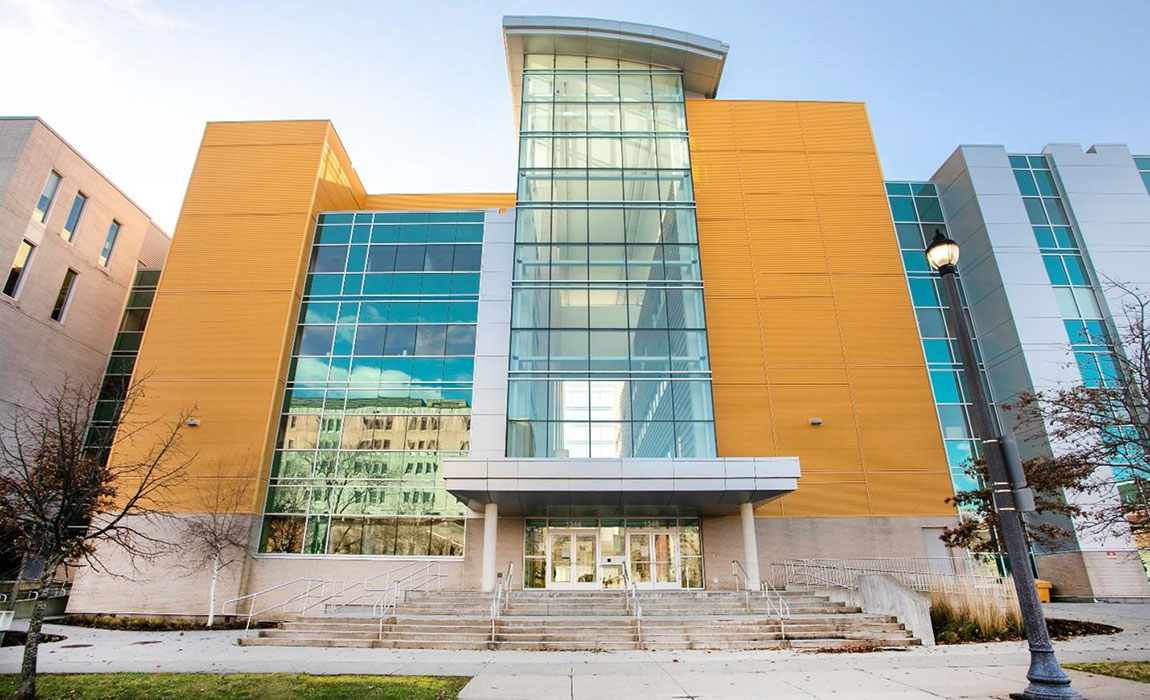The edge factors: Immigration plays part in DiLytics expansion
Wednesday, November 21, 2018
DiLytics builds business intelligence systems for clients around the world. With offices in the US and India, they recently expanded into Nova Scotia, opening their first Canadian location.
We sat down with Shyam Panda and Nachiket Parab from DiLytics to learn "why Nova Scotia" and what’s on the horizon.


Shyam Panda, CEO (left) & Nachiket Parab, Head of Canadian Operations (right)
Q: Can you give us a sense of what DiLytics does, and what your customer base looks like?
A: We work in the analytics, business intelligence, data warehousing, and data integration space for both public sector and commercial sector companies. In the public sector, we work with cities and counties. The first public sector customer we worked with was the US Federal Reserve in 2014. That's why we started expanding into the public sector space. Prior to that, we were working primarily in the commercial space, in the life sciences, retail, semiconductor, container leasing, and professional services verticals. When it comes to our analytics solutions, we implement horizontal and vertical solutions. We have the world's third-largest container owner - with 3 million containers - as a customer. We help them get insight into their containers - where they are globally, how many are already on hire, how many are available for hire, how many need to be repaired, how many need to be sold, and more.
Q: What technology do you use to service your clients?
A: We work with Microsoft Power BI, Tableau, Oracle BI, and Informatica. We're not restricted to any specific technology, but we are very focused on the analytics, data warehousing, data integration, and business intelligence space. Typically, either the customer already has a choice of tool they want us to work with, or, based on their requirements, we recommend choices.
Q: When you were evaluating jurisdictions, what led you to come to Nova Scotia and how did you evaluate the options?
A: When we did our analysis, we looked at what would have been the obvious choices – Toronto, Montréal, and Vancouver – but we did not want to stop there. We did a deeper dive to investigate the Atlantic provinces. When we started looking at Nova Scotia, all we could think was, “Wow, this is like a hidden gem.”
When we started looking at Nova Scotia, all we could think was, “Wow, this is like a hidden gem.”
First was the IT infrastructure, which was critical. For example, if you compare Internet speed, Halifax is way better than Vancouver. Halifax has a booming IT market. There are a lot of start-ups coming here and growing their business. The IT infrastructure is fabulous here; the IT communities are integrated. In Nova Scotia, everyone knows everybody. You have Nova Scotia Business Inc., Digital Nova Scotia, the Innovation District. You can meet people and do your networking quicker when compared to the larger cities, so that was very encouraging in our decision-making.
Second, the time zone. We have an offshore development centre in Hyderabad, India, and the other centre is in the San Francisco Bay area, so we wanted to be somewhere in between.
Thirdly, the cost-competitiveness. The housing here is so cost-effective. It is so affordable compared to Vancouver or Toronto. Right off the bat, that was something we looked at for our employees. Finally, from the company perspective, we want to keep the salaries and the cost of living in check. We want to be sure our employees can afford to live a comfortable life based on average salaries in the region.
Q: How did immigration play a role in your anticipated expansion?
A: We looked at the nearshore model, because we are facing some challenges when it comes to immigration in the US right now. For example, instead of bringing someone on an H1B visa to the US, we can bring a consultant to Halifax and have the project executed from Canada. That supports our export model. Atlantic Immigration Pilot Program (AIPP) is one of the best programs. It's yielding results. It's getting skilled immigrants into the province, like us, who would like to stay and expand their business here.”
"That supports our export model. Atlantic Immigration Pilot Program is one of the best programs. It's yielding results. It's getting skilled immigrants into the province, like us, who would like to stay and expand their business here.”
Q: Do you plan to tap into the local university and community college ecosystem in Nova Scotia?
A: The access to universities was something we considered. In California, where we are located, the universities are two hours away from each other. We were stunned that St. Mary’s University, Nova Scotia Community College, and Dalhousie University are so close to each other. You can literally walk or take a bike. That is really encouraging, and we feel strongly about the kind of resources we may have in the future. Outside of academia, we are excited about new ventures like COVE (Centre for Ocean Ventures and Entrepreneurship) and Canada’s Ocean Supercluster. We know the federal government is committed to this research in Nova Scotia, and all the Atlantic provinces. We would like to tap into that, become one of the pioneers when it comes to providing BI and analytics solutions. Since all this research is happening here in Halifax, we thought it would be great to be strategically located here.
Q: What markets will your team be servicing from Nova Scotia?
A: Since we are already in the West, we can serve the American and Canadian West Coast from our office in California. One of the reasons we looked at Halifax is because of the eastern location in Canada, but also because of its proximity to the US East Coast. It’s easier to service clients in the US – not just from a distance perspective, but from a time zone perspective. They're just a one-hour time difference.
Q: What have you liked most about living in Halifax so far?
A: There are two things. One, it's just beautiful. It's stunning. The ocean is near. It doesn't feel like a big city, although it doesn't look like a very small town where there's nothing to do, so it's somewhere in the middle. It's a great balance for our work. There's a good work-life balance here. That's what we felt. And the second is the warmth of the people. They're not on their mobile phones all the time, as we see a lot in Los Angeles. Here, you can just go and talk to people without being judged and they're warm and receptive. The community Nova Scotia has built, the IT community – at least we can talk about the IT community – is so very well integrated. Everyone knows everyone, so you feel at home right off the bat. That, we have never felt in Los Angeles. This is real. Nova Scotia is stunning.
Learn more about immigrating to Nova Scotia. For more information on Nova Scotia’s thriving tech industries, check out the ICT sector page.





